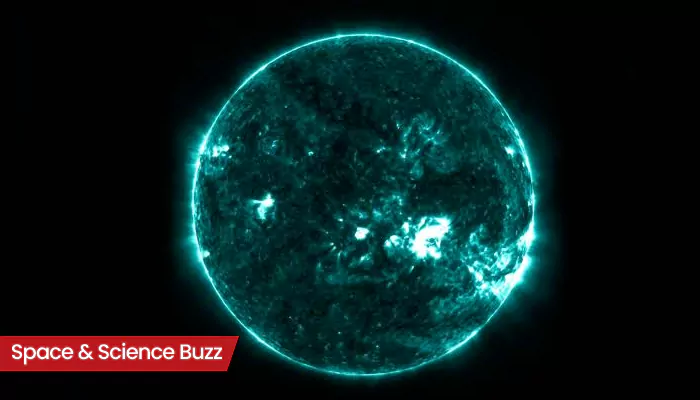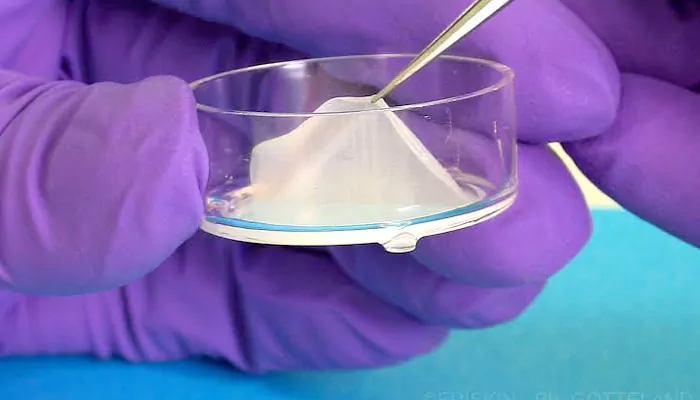
Here are today’s most important updates from the realm of Science and Space.
NASA is raising the bar in solar science with the debut of the Surya Heliophysics Foundational Model, an artificial intelligence system built to decode the Sun's complex behavior. Trained on nine years of continuous observations from NASA's Solar Dynamics Observatory (SDO), Surya is designed to analyse vast amounts of solar data, helping scientists better understand solar eruptions and predict space weather that threatens satellites, power grids, and communication systems. NASA is making Surya openly available, the model on HuggingFace and the code on GitHub, to encourage scientists, educators, and innovators worldwide to build on its capabilities.

A new study suggests that blowing a conch shell daily may help improve sleep for those with obstructive sleep apnea (OSA). The research explored how playing wind instruments can support better breathing during sleep. OSA is a common condition affecting nearly one billion adults worldwide, marked by repeated pauses in breathing while sleeping. Researchers observed that participants in the conch-blowing group showed significant improvements in sleep quality and reported feeling more refreshed upon waking, compared to the deep breathing group. The findings indicate that conch-blowing exercises may strengthen respiratory muscles and keep airways clearer during sleep, offering a non-invasive method to manage sleep apnea symptoms.

A recent study suggests that high-intensity yoga could be the best exercise for improving sleep. The findings showed that practising high-intensity yoga for less than 30 minutes, just twice a week, was more effective at improving sleep quality than other forms of exercise like walking, resistance training, and aerobic workouts. The positive results were seen relatively quickly, in as few as 8 to 10 weeks. Scientists believe its unique combination of physical activity and mindfulness that plays a key role. Yoga raises the heart rate and strengthens muscles, similar to other exercises. However, its focus on breath control is thought to be particularly important, as it can activate the parasympathetic nervous system, which is responsible for the body's "rest and digest" state. This promotes a feeling of calm that may lead to better sleep.

In a first, a team of Australian scientists has grown the world's first fully functioning lab-made human skin with its own blood supply. The advance may pave the way for better treatment of skin diseases, burns, and grafts. The research team used stem cells to create a replica of the human skin, which had blood vessels, capillaries, hair follicles, nerves, tissue layers, and immune cells. This is the most life-like skin model that's been developed anywhere in the world and will allow us to study diseases and test treatments more accurately, mentioned lead researcher.